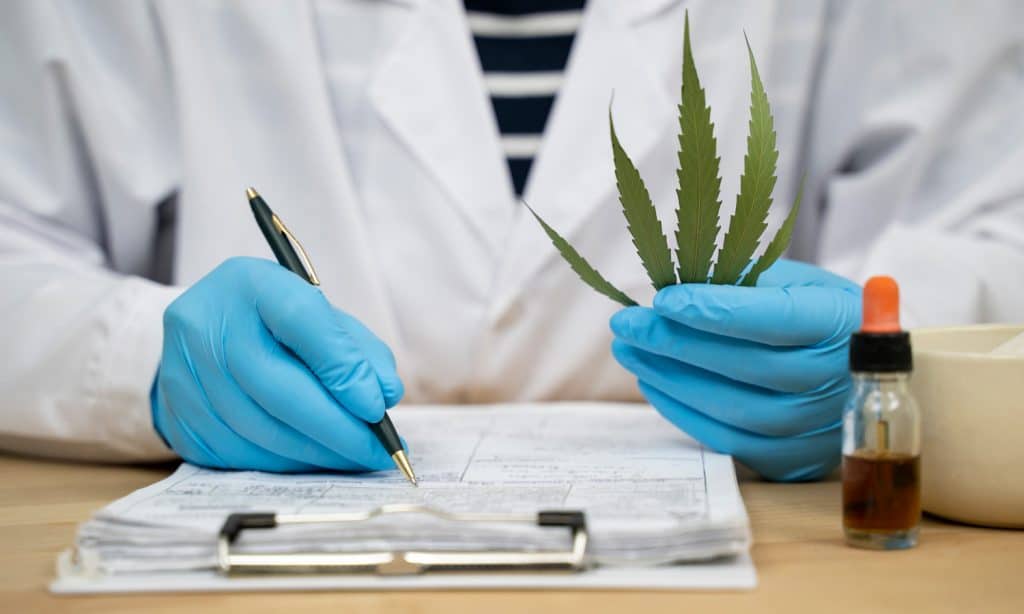Public funding has prioritized marijuana’s harmful effects and not emphasized the potential therapeutic benefits of the plant.
According to his official presidential platform, Democratic candidate Joe Biden supports decriminalizing cannabis but not legalizing it. He will instead move to reschedule marijuana as a Schedule II drug, which will lift many restriction U.S. scientists face when studying cannabis. He told the New York Times editorial board that America needs the medical community to provide a definitive answer on what potential risk factors cannabis use can and can’t cause before he’d endorse legalization.
A new analysis shows funding for cannabis research primarily goes toward studying the plant’s negative impact and not its therapeutic value, according to the journal Science. About $1.49 billion in funding was directed to cannabis studies between 2000 to 2018 in the United States, with about half of that dedicated to exploring marijuana’s potential harms.
RELATED: Study Links Legal Marijuana Access To Fewer EVALI Cases
This represents the first quantitative analysis to try and understand where cannabis research is directed. It was conducted by Jim Hudson, who consults for government organization and medical research charities. Hudson categorized 3,269 grants from 50 funders, such as the U. S. National Institutes of Health (NIH), into what scientists focused their research on. He published the findings on his website to better explain how research funding works.
“The government’s budget is a political statement about what we value as a society,” Daniel Mallinson, a Penn State cannabis policy researcher, told Science. “The fact that most of the cannabis money is going to drug abuse and probably to cannabis use disorder versus medical purposes — that says something.”

The National Institute of Drug Abuse (NIDA) provided over $1 billion in that funding allotment, placing a primary focus on possible risk and damage caused by recreational cannabis. That gap in funding between understanding the cannabis plant’s medicinal benefits and its negative characteristics, according to the data analysis, only widened under the Trump administration to further emphasize marijuana’s bad qualities.
RELATED: Trump Fears States Legalizing Marijuana Could Lose Him The Election
The United States wasn’t the only country that prioritized marijuana’s harmful effects. During the same 19-year period, the United Kingdom allotted $40 million toward cannabis research and similarly emphasized abuse and risk involved with cannabis. Canada spent $32.2 million in that same timeframe and focused on the endocannabinoid system — a complex collection of receptors in humans that allow cannabis to bind with cannabinoids and naturally produced endocannabinoids.
Science did note, however, that the analysis regarded publicly available grant data and did not account for a growing private resource pool dedicated to cannabis research. States that have legalized marijuana have also crafted legislation that creates funding for marijuana studies. The Colorado Department of Public Health & Environment, for example, instituted a medical marijuana research program in 2014.


